
Bed bugs

Bed bugs are parasitic insects that can be stressful and difficult to eliminate. A bed bug infestation is nothing to be ashamed of because it has nothing to do with hygiene. Bed bugs are known to hitchhike through personal items, mostly transferred in high-density areas. Bed bugs can be found anywhere: hotels/motels, apartments, private homes, shared spaces, stores, office buildings, public transportation, and even personal vehicles.

Bed bugs are ‘micro predators’ that feed on the blood of people and sometimes pets, usually at night when it's dark and you’re sleeping. Bed bugs are wingless, reddish-brown, and as small as an apple seed, insects are usually found in mattresses, furniture, baseboards, carpets, and wallpaper. Adult bed bugs can grow as big as 10mm and have a broad, oval, flattened body shape and a short head.
Lifespans
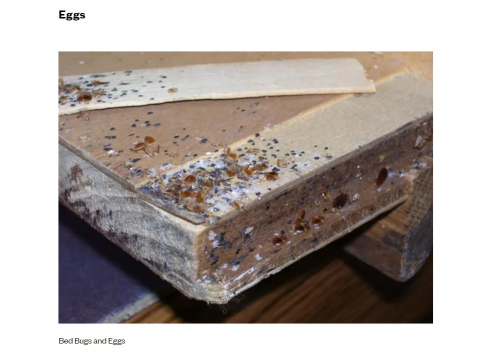
Bed bugs can live up to 10 months to a year. A female bed bug will lay about 200 to 500 eggs in her lifespan, that’s about 1 to 5 eggs each day. Each egg takes around six to seventeen days to hatch.

Once they hatch, they immediately start feeding. Tiny young bed bugs are called ‘nymphs’ which are yellowish white and go through five molts (shedding) while growing into adults. Each stage of molting needs blood to be completed and in about five weeks, they will be mature adult bed bugs. Bed bugs can also survive for several weeks to six months without feeding and older bed bugs can go even longer.
What do Bed Bug bites look like?
Learning to identify bed bug bites and other pests and insects can confirm that you do have an infestation. Bed bugs are attracted to the heat we emit and the carbon dioxide we exhale. They usually only come out at night to feed for about three to five minutes, then they go back into their hiding spaces. When a bed bug bites you, you usually don’t feel it until later. This is because when they bite you, they also ‘inject’ you with their anesthetic and anti-coagulant that prevents us from feeling the bite immediately.
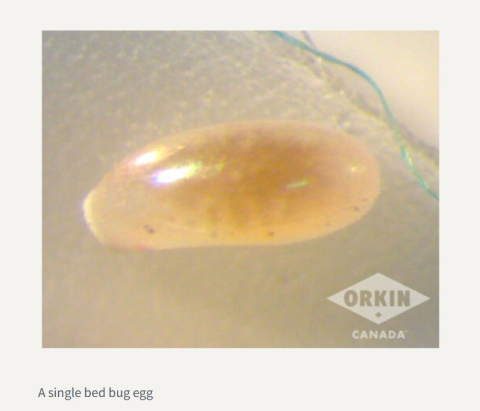
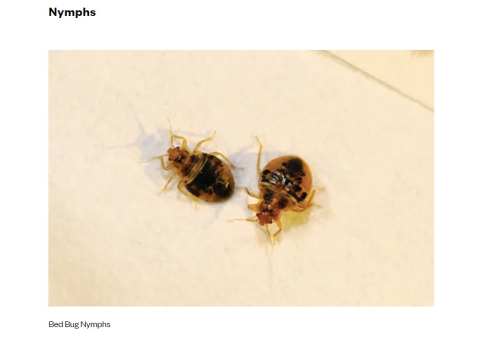
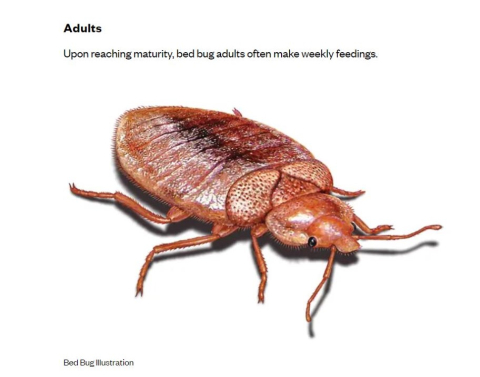
After the first bite, it can take three to several weeks to cause or feel any symptoms, but not everyone reacts the same way. The most common places to be bitten on the human body are the exposed body parts while you sleep, such as your arms, hands, legs, feet, neck, and face. Some people do not have any reaction to a bed bug bite at all, and some get itchy, red, swollen welts on their skin where they got bit.
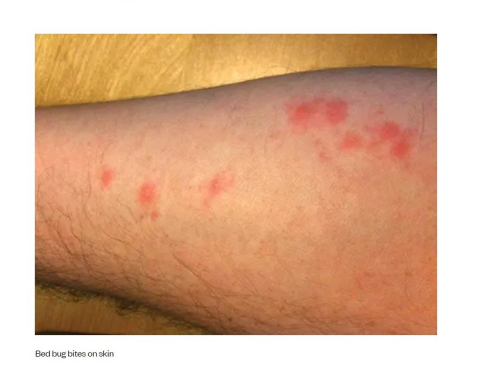
Bed bug bites are often in clusters, grouped in a line, or found in a zigzag pattern. If you have pets and they sleep near an infested area they can potentially be bitten as well, but bed bugs will not stay on your pet. As soon as they’re done feeding, they go back into hiding.
Inspect Your Home Regularly
If you suspect you have bed bugs, maybe you have red, itchy spots that look like a bite, or notice a blood spot on your bed, feces or ‘casings/shedded skin’ or even saw one on your bed or pillow. Bed bugs can be transported from place to place to place without you even knowing it.
Regular home inspections can help prevent infestations; you may need a few tools/items.
- Flashlight
- Something to scrape the mattress seams or crevices
- Screwdrivers to take apart electrical sockets, faceplates, or furniture
- Alcohol, or baby wipes to inspect for ‘casings’
- Sealable white plastic bags for your belongings
Getting rid of clutter like laundry, old furniture, and miscellaneous items, eliminating potential hiding spots. If you share spots like a duplex, or apartment building, inspecting any entry points (pipes, utility pipes) to your unit can help reduce bed bugs or other pests from gaining access to your home.
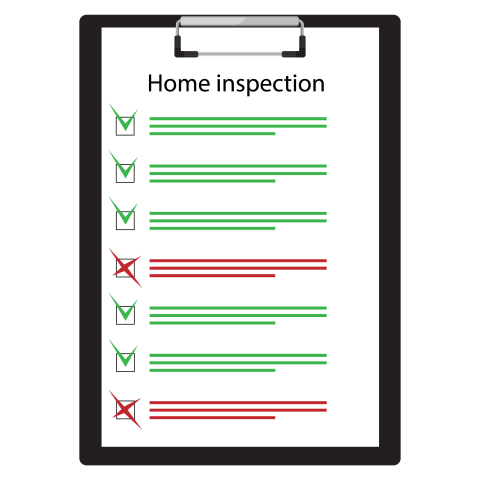
When going shopping, especially for mattresses, furniture, and second-hand items, always inspect these items closely as bed bugs can be found almost anywhere and hitch a ride back to your home. If you use your vehicle for these purposes, always check/inspect the vehicle closely to ensure you have no bed bugs.
Inspecting for Bed bugs
Inspecting your mattress for bed bugs:
- Remove the pillows, sheets, and bedspreads inspecting each closely
- Examine all the creases, buttons, and mattress handles
- While inspecting the box spring, pay close attention to the corners where it's layered in cloth and if you see any signs of bed bugs then place the box spring upside down and inspect the inside
- Remembering bed bugs can hide almost anywhere like behind wallpaper and electrical outlets
If you do see bed bugs on your bed, or furniture, wrap it in plastic and label it so that no one else takes it.
Inspecting other areas of your home:
- Inspecting the couch and all its seams and cushions inspecting the bottom and the whole surface for bed bugs
- Walk through the house inspecting couches, chairs, and other furniture, all around and inside for any signs of bed bugs
- Other places to inspect closely or lay down some double-sided tape on baseboards and curtains. Inspect windows and carpets.
- Bed bugs can hide anywhere once you get them. They can hide in picture frames, light fixtures, and smoke detectors.
- Bed bugs can crawl over 100 feet in a night to get to a meal but typically live about eight feet from where their meal sleeps.
Preparing Your Home for Treatment
Bed bugs can be very stressful and frustrating to get rid of. If you are a tenant, inform your landlord right away that you have a bed bug infestation. If you live in a multi-unit or an apartment building, inform your landlord or property manager as it is strongly recommended to hire a professional to exterminate the pests.
In all cases, you will be expected to get your home ready for an inspection, while waiting for the professionals, these Do-It-Yourself tips can help provide some short-term relief.
Vacuuming – vacuuming helps remove bed bugs from carpets, mattresses/box springs and other furniture. You may need to use the extra attachments to get the hard-to-reach area as bed bugs and their eggs cling to the material like glue which makes them harder to get rid of.
Steam cleaning – targets bed bugs that are hiding deep within the furniture. Bed bugs die at 50 degrees Celsius and steam cleaners have a temperature of at least 100 degrees Celsius. Be careful when steam cleaning, it is low vapour but still moisture. Be careful of mould.
Kitchen – put food away in sealed containers and vacuum.
Living room – if a professional is coming in, he will ask you to move all the stuff in the middle of the room, about two feet from the walls so he can clean and spray to exterminate the bed bugs.
Bedrooms – move all furniture to the centre of the room, two feet away from the walls, place all the pillows, and bedding in sealable bags and then wash it.
Bathroom – place all the towels and bathmats in separate bags to wash and put any laundry hampers away from the walls and any bathroom toiletries away before treatment.
Laundry – put all contaminated clothing, linens, and towels in airtight bags to suffocate the bed bugs, then put that laundry into the wash on the highest heat for at least thirty minutes.
Closets & Storage rooms – clear the floor and put all laundry away. If you have any sports equipment or other equipment, place them two feet away from the walls, sweep and wash the flooring and wait for the professional treatment.
Professional pest removers remove pests by using a variety of methods. Some ways are chemical treatments, aerosol insecticide sprays, diatomaceous earth and steam and heat treatments. Using store-bought chemicals can be dangerous to your health as well as the environment if not used correctly. This is why it's always best to call a professional for extermination. After treatment, do not wash your floors, walls, or windows for two weeks. After that, clean those areas weekly.
How to Prevent Bed Bugs
If you have had your home treated, there are some extra steps you can take to ensure you do not get invaded by bed bugs.
- Monitor carefully for any surviving bed bugs.
- Enclose your mattress box spring and pillows with (The Bedbug Prevention Materials Program previously known as ‘The Pest Control Grant Program’ and ‘The Bedbug Grant Program’ is a part of ‘The Provincial Bedbug Reduction Strategy’ and they help people with mattress and box spring covers, insect monitors, insect traps, dissolvable laundry bags, bed bug warning stickers and educational handouts)
- Place leg protectors for your couch sets and add baby powder to trap bed bugs trying to go up or down the leg.
- Use light-colored sheets to spot bed bugs easily.
- Vacuum everywhere
- Complete home inspections as often as you'd like.
Extra Tip
When you’re travelling, because bed bugs love to hitchhike and travel, if you find yourself travelling and need to go to a hotel room, inspect your room quickly before even putting your bags down. Check the bed, pillows, electrical sockets, curtains, the carpet, and the other furniture in the room. When you are at your home, inspect your luggage closely. Inspect closely for ‘casings’ or ‘sheddings’, little black or reddish blemishes along the seams or on the mattress. If you notice any of these or see a ‘bedbug’ while you're doing your inspection, call the hotel manager and they will do what needs to be done, you may want to switch hotels as bedbugs can travel from room to room.
If you are a homeowner, then you are responsible for getting rid of the bed bugs. If you’re renting, that job is up to your landlord. If renters are concerned about a potential bed bug problem, can call, 1-855-3MB-BUGS (1-855-362-2847) or email bedbugs@gov.mb.ca.
The Bedbug Grant Program is for community organizations for education, treatment management and prevention. If an organization is eligible, it can receive a grant of up to $2,000.00. www.gov.mb.ca/bedbugs/nonprofit/html
The Bug and Scrub program provides services to help you prepare for home treatment. For example, furniture moving, cleaning, and decluttering and when the treatment is complete, they come back and put everything back. www.gov.mb.ca/bedbugs/program/html.
By: Tricia Cook, Content Navigator